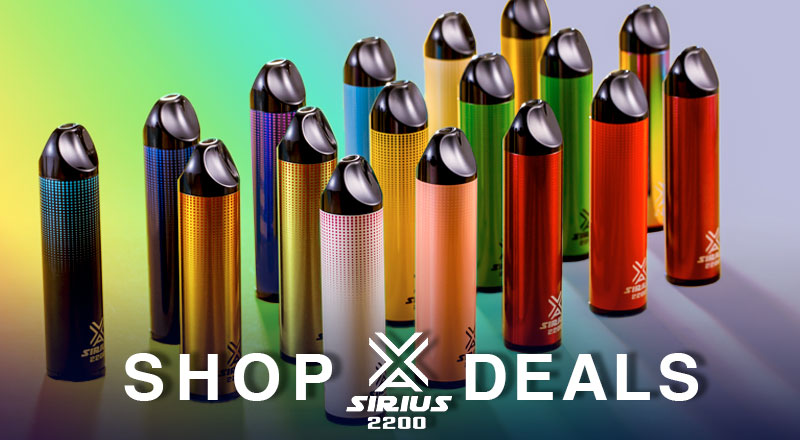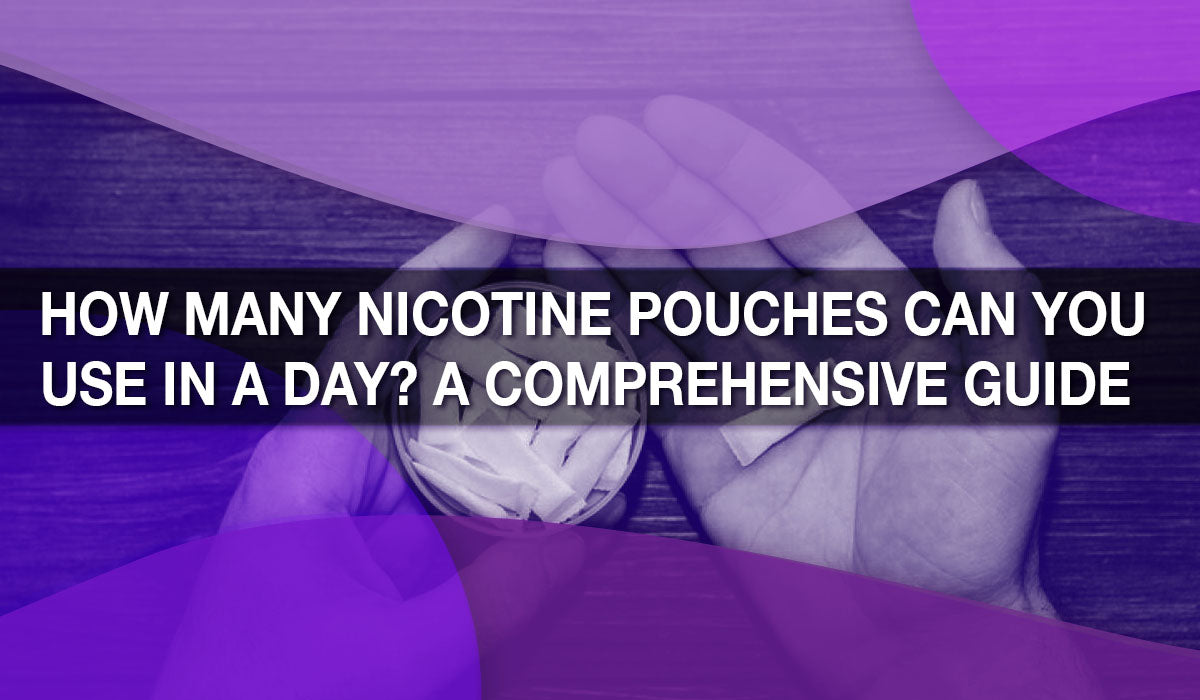
Sweden's Successful Smoking Cessation Strategy
Sweden has achieved a remarkable decline in smoking rates, setting a new standard for public health in Europe. A recent report by Sweden's public health agency reveals that smoking rates have dropped from 16.5% to under 6% in less than a decade. This significant decrease is attributed to the widespread availability and adoption of nicotine alternatives, such as vapes and snus, according to the vaping advocacy group Smoke Free Sweden.
In 2022, only 5.8% of Swedes aged 16 to 84 reported smoking cigarettes daily, a rate that is substantially lower than the European Union average of 23%. This milestone puts Sweden on the verge of achieving the World Health Organization’s (WHO) “smoke-free” status, defined as having a smoking rate of less than 5%.

The Youth-Led Decline in Smoking
The most significant reduction in smoking rates has been observed among younger age groups. In 2022, just 4% of individuals aged 16-29 and 30-44 reported smoking daily. Among older age groups, the rates were slightly higher at 7% for those aged 45-64 and 8% for those aged 65-84.
This decline in smoking is mirrored by a rise in the use of vaping products, particularly among younger generations. The report notes a "clear increase in e-cigarette use" among the youngest age group, especially among women. Since vape use was first included in Sweden's health surveys in 2018, approximately 2% of the population reported vaping in 2022, with 25% of vapers using them daily.
Vaping is most prevalent among younger Swedes, with 8% of women and 5% of men in the 16-29 age group using e-cigarettes daily or occasionally. In contrast, the oldest age group (65-84) showed minimal use of vaping products, with only 0.5% of women and 0.7% of men participating.

The Rise of Snus and Nicotine Pouches
In addition to vaping, the use of snus, a traditional smokeless tobacco product, has surged among young people. The proportion of snus users aged 16-29 increased from 3% in 2018 to 12% in 2022. This rise was further supported by a recent decision by the Swedish Parliament to lower the tax on snus by 20% in June 2024, while simultaneously raising taxes on traditional tobacco products by 9%.
Nicotine pouches, another smokeless alternative, have also gained popularity, particularly among younger Swedes. In 2022, 18% of women and 12% of men aged 16-29 reported using nicotine pouches daily or occasionally.
A Future with Access to Alternatives
The declining smoking rates in Sweden, paired with the increased use of nicotine alternatives, highlight a shift in public health strategy that could serve as a model for other countries. A landmark report from Smoke Free Sweden, published in May 2024, supports this approach, showing that nicotine use does not necessarily lead to tobacco-related diseases.
The report found that Sweden has a 41% lower incidence of lung cancer and fewer than half the tobacco-related deaths compared to 24 out of 26 of its European counterparts.

As Sweden continues to embrace nicotine alternatives, it not only paves the way for a population with less smokers but also challenges traditional perceptions of nicotine use.









Leave a comment
This site is protected by hCaptcha and the hCaptcha Privacy Policy and Terms of Service apply.